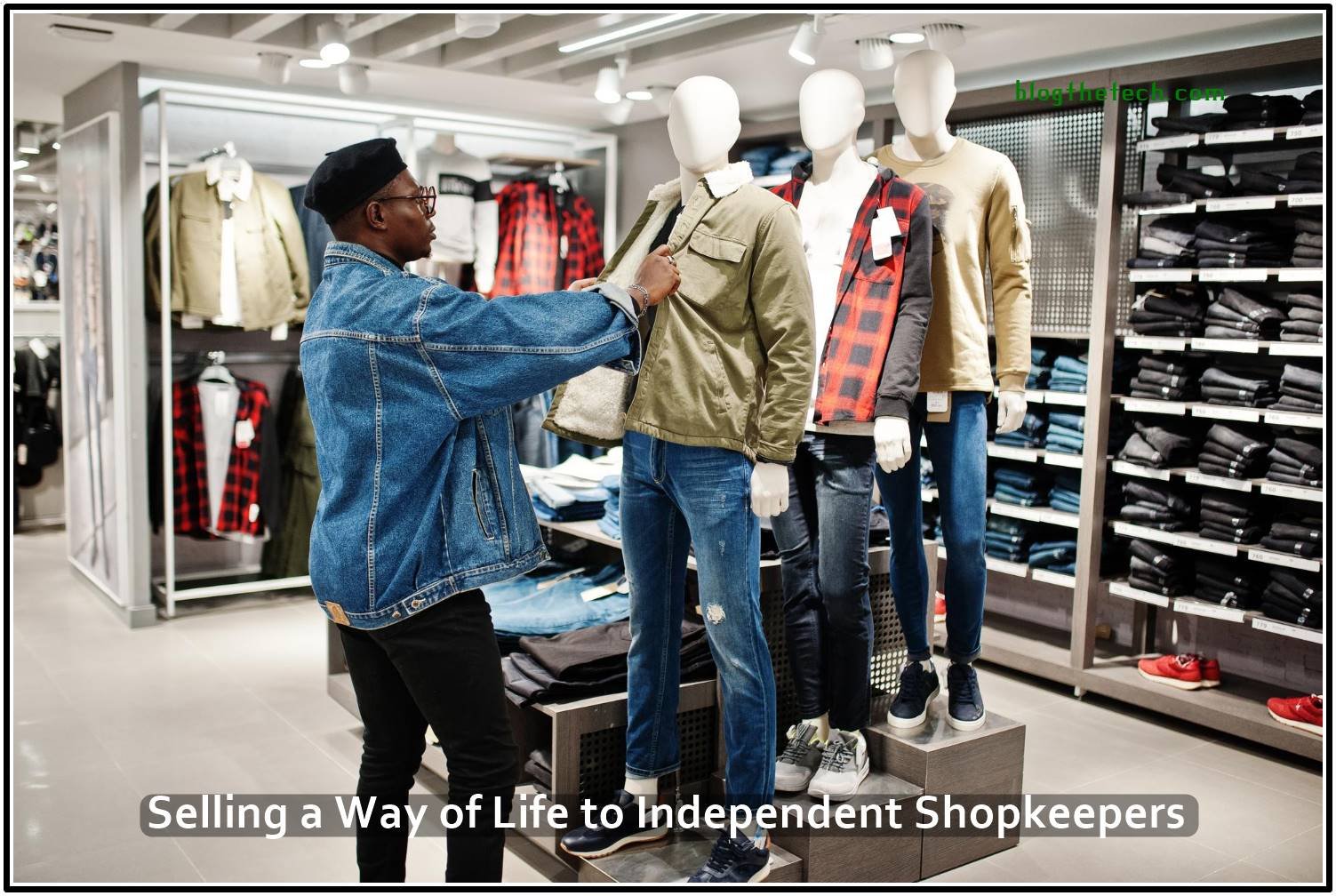How come stores like Urban Outfitters, Anthropologies, The Buckle, Aeropostale, and Hot Topic defy the odds? Each of these stores has reported strong quarterly profits over the past few years, even as few other publicly traded retailers have shown comparable store growth. How is it that some shops are able to succeed where others have failed, especially in the field of speciality retail?
These establishments show that a dedicated and resilient retail establishment may thrive even in the face of adversity. Consider Urban Outfitters, Inc., the parent company of both Urban and Anthropologie. The company’s founder and current chairman, Richard Hayne, is often cited as saying, “Big is the enemy of cool,” and it has been noted by industry watchers that the firm prefers to test out new shop formats in established regions rather than flood the market with locations. They continue by saying that the corporation values execution above all else, that no two stores are alike, and that they are given a great level of latitude to do what they see fit.
All of these are important takeaways from the story, but there is one more that is relevant to every small, entrepreneurial retailer hoping to establish a successful, sustainable plan for the future.
When you enter a store like Urban Outfitters or Anthropologie, you can tell right away that they are doing things differently. Upon entering, it is immediately clear that they are selling clothing and accessories, but more exploration reveals that they also sell decorative items for the house, as well as books, trinkets, and even the occasional piece of furniture. The store’s design, fixtures, and decorations, as well as the sales staff and customers, all become apparent. In this case, it’s the customers who give the game away. This shop sells more of a way of thinking than physical goods. For more information visit greetingsus.
It’s not unprecedented to construct a store around a certain philosophy or way of life, but the scope and effect you experience in these shops are unprecedented. In these shops, you may get a sense of the future of retailing in a niche-driven, Long-Tail world, and you can see the enormous potential for tiny, entrepreneurial merchants to extend these principles around their own particular niche and strategy. A term used for this is “lifestyle retailing.” Most of the top independent boutiques have been using lifestyle retailing for years.
When compared to conventional shopping, lifestyle retailing has an entirely new foundation. It’s a cliche to argue that lifestyle retailers like Urban Outfitters and Anthropologie put the consumer first, but it’s clear that this is the case when you visit one of these stores.
The first step in the process of conventional retailing is deciding what goods and services will be sold. This could be because of the entrepreneur’s background in a niche market or their knowledge of a certain product. It focuses on the product itself and the question, “To whom can we market this?” Growth is typically characterised as increasing the number of clients served or transacted with, or growing the target market.
In the first place, the attitude and way of life that you sell are what make up lifestyle commerce. Because of its specificity, it caters to a relatively small audience. It’s customer-centric, with a keen eye on a specific type of buyer who can relate to and admire the brand’s ethos and way of life. The process starts with asking, “Since these people are our target market, what can we provide them with that truly exemplifies the kind of life they hope to lead?” Offering these consumers a diverse selection of products over a virtually endless number of categories is the surest path to expansion, with growth being most directly quantified by the number of items purchased per customer.
When it comes to lifestyle shopping, nothing defines the lifestyle more than the store’s aesthetics and atmosphere. The shop has a special vibe because of its imaginative design. It’s more than just a display of goods; it’s a well-planned symphony of architectural elements, decorative elements, acoustic elements, and olfactory elements. Visiting the shop is akin to diving headfirst into the culture it embodies.
The salespeople enrich the experience by interacting with customers with passion, expertise, and energy. They play parts in a play, but they are living those roles in real life. Because they are representatives of the culture at large, every aspect of their appearance, including clothing, hairstyle, demeanour, and language choice, contributes to the overall atmosphere. Taking part in the lifestyle is an extremely intimate experience, thus they treat consumers like close friends. In a deeply social sense, their clients are also members of the group.
Moreover, commerce is conducted inside this framework. Since customers aren’t only purchasing stuff, but rather engaging in the community and the lifestyle, price isn’t nearly as crucial a concern as in other retail tactics. Because the consumer’s way of life is the primary motivator, and because novelty goods are the key to repeat business and high average unit sales, assortments tend to be wide and shallow rather than deep and specialised. While the goods themselves may seem frivolous, they are just as necessary as staples like bread and milk to the consumer because of how intrinsically related they are to the consumer’s sense of self. It’s in the fashion industry because that’s what it is.
There is a clear opportunity for independent retailers as the retail landscape shatters into smaller pieces due to the divergence between large-scale corporate retailing’s continued slide into the price-driven commoditization of mass market merchandise and shoppers’ desires for items that reflect their unique interests, lifestyles, and identities. Creating a strong retail presence and a prosperous business can be accomplished by developing and marketing a retail strategy centered on a clearly defined lifestyle or interest.





